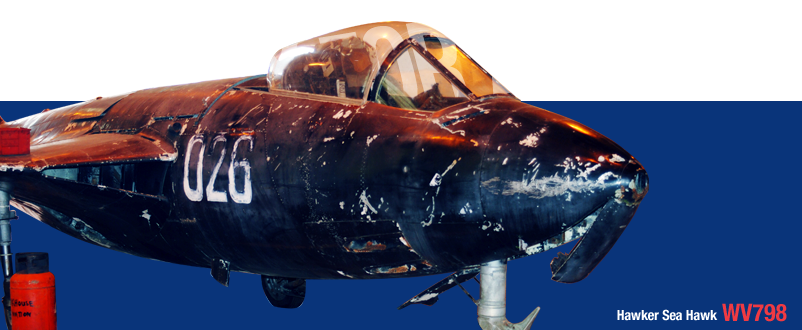
G-AMSV Returns to Coventry
An old friend returned to Coventry yesterday when G-AMSV, in her striking Indian Air force livery, landed here for extensive maintenance by our engineers. Sierra Victor was part of the Air Altantique fleet here for many years. She'll...
Baginton Air Pageant
The initial details for the Baginton Air Pageant are up on the website! As we don't have the space for a full-on air show attracting 20,000 or so people, we're aiming for low-key, themed days like this. A couple of thousand people,...
Newquay Pleasure flights
We promised we'd be back to fly in Cornwall, and here we are. We'll be heading south with a Rapide and Chipmunk to spend a week at Newquay from 25th July, with a further visit planned in August. The flights are bookable in the normal...
New Dakota Book
Geoff Jones just told me that his new book on the DC-3, released to celebrate the 80th anniversary of the Dak's appearance, is now available. The cover sports a lovely shot of G-ANAF, shot by Simon Westwood before her radome goiter was...
Nimrod Engine Run
We've just confirmed plans by NPT to run all four of the Nimrod's Rolls-Royce Speys on Saturday 9th May. We expect the thunder to start just after lunchtime. Come along and enjoy some audio power - and please dip into your pockets...


The Sea Hawk design came from the distinguished pen of Sydney Camm, the creator of the Hurricane, stalwart of the Battle of Britain. Like many of Camm's designs, it was an evolution of previous techniques rather than a clean-sheet approach. Camm was a realist, and understood the limitations of an industry still rooted in the Second world War and a country economically restricted by the price of that conflict.
Based on the fuselage design of the piston-engined Hawker Fury, the prototype aircraft featured twin jet exhausts for its single Rolls-Royce Nene turbofan engine. This was an ingenious arrangement; not only did it provide highly efficient thrust, it left the rear fuselage clear, allowing extra fuel tanks to be fitted. The fuel burn on these early jets gave them extremely limited endurance, a serious limitation for an aircraft intended for naval use. The additional fuel capacity was therefore a significant factor.
The final prototype was used for an innovative, if worrying, method of landing. In an effort to reduce the weight of early jets, it was suggested that the undercarriage could be dispensed with! The Hawker and a specially adapted Vampire made several catapult and trolley launches from aircraft carriers before landing, wheels-up, on a padded flight deck. The experiment was deemed successful but, thankfully, uprated engines made the weight saving unnecessary!
The Royal Navy ordered over 100 of the new aircraft, now christened Sea Hawk and armed with four 20mm cannon, taking delivery of their first machine on 14 November 1951.
Hawker's factory was committed to producing the Hunter for the RAF, so manufacture if the Sea Hawk was transferred to Armstrong Whitworth.
A Fighter-Bomber version was developed with a stengthened structure to carry two 500lb bombs and sixteen rockets under the wings. The design proved itself a solid, reliable and adaptable weapons platform, and it went on to be developed further into ground-attack variants. It was these in particular that gave outstanding performance during the Suez crisis in 1956.
Rapid developments in aircraft technology quickly made the Sea Hawk old-fashioned and unable to perform competitively against emerging new designs like the Sea Vixen and, in the case of the German Air Force, the Lockheed F104 Starfighter.
Sea Vixens remained in service with the Indian Navy until 1983, when they were replaced by the Harrier.

